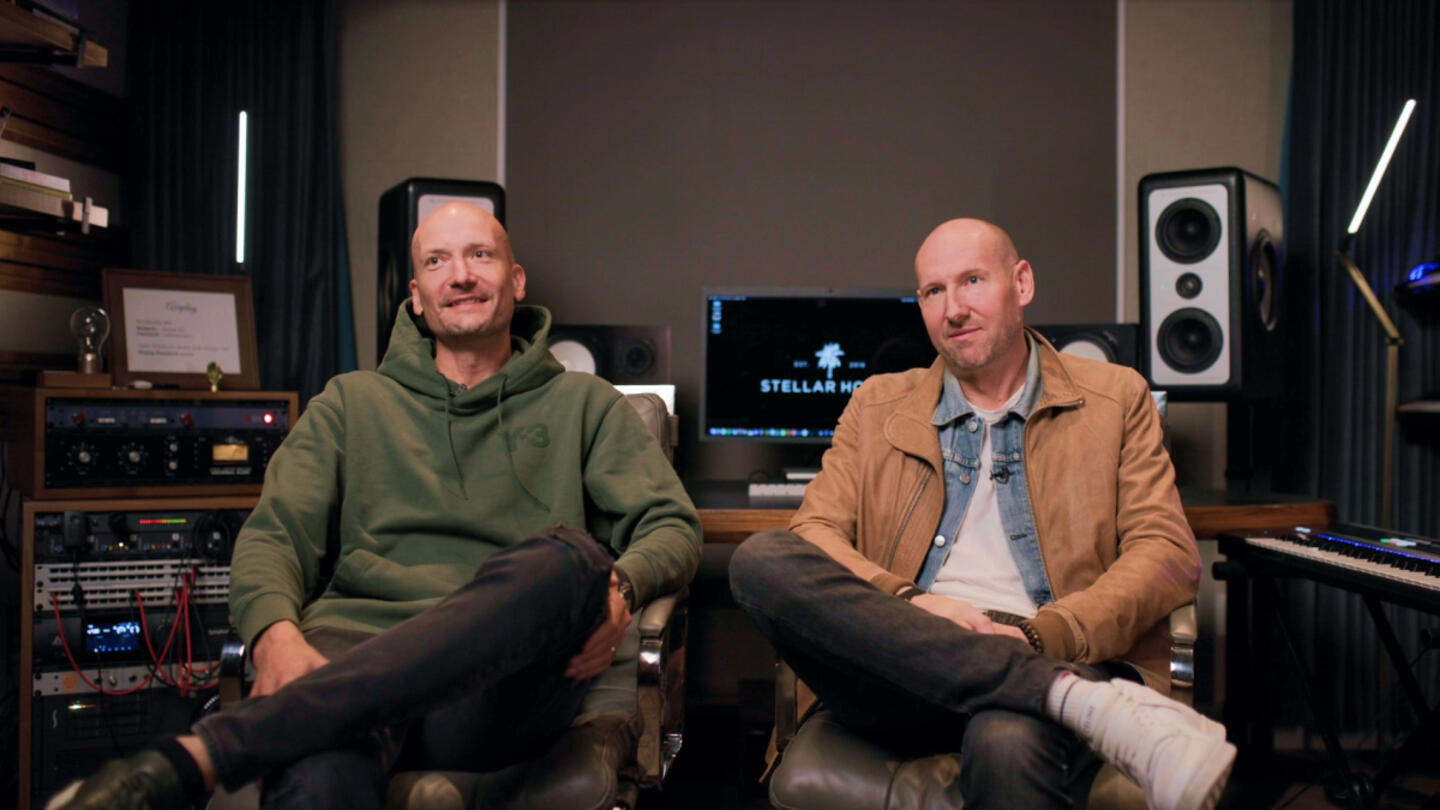Pursuit founder Jukay Hsu’s experiences as an immigrant, member of the military and an Ivy League student inspired his mission to make tech careers more accessible.
Hsu and his mother immigrated to the United States when Hsu was three years old. His first stop out of high school was the military for “a different kind of exposure and to meet different kinds of people.”
After four years as an infantry officer, Hsu enrolled at Harvard University, just in time for the start of a tech boom.
“I saw technologies transforming everything, all sectors, all industries. These companies are shaping our society,” he remembers. “My classmates went into this and created so much wealth and generated a huge impact. At the same time, all the soldiers I worked with in the military never went to college. So what does it mean for there to be inclusive growth? How can we have shared opportunity and prosperity?”
It was this question that led Hsu to co-found Pursuit. Through a fellowship program, the organization works with people from low-income backgrounds to provide technical skills training, professional development, job placement and long-term support.
Pursuit doesn’t want to just land their fellows a job. They want to transform lives. They help fellows secure their first job in tech, but continue to work with them and develop their confidence for years after — all through their three-year apprenticeship program and connections to Fortune 500 companies.
“I actually don’t think the main value is learning how to code,” Hsu says. “Anyone can learn to code for free online. That is not the barrier.”
What is the barrier, then?
The structural barriers to employment, Hsu says, including the flawed notion that if you don’t go to college or have a degree, you won’t achieve success.
Pursuit is working to change that, one fellow at a time.
A new path to getting into the tech industry
Pursuit works with many communities the professional world often leaves behind. All of those they serve are from low-income backgrounds. Around 40% are immigrants, more than half do not have a bachelor’s degree, and more than 50% receive public assistance.
Pursuit focuses on giving opportunities to another underrepresented group in higher education: adults. Though many career development programs work with students and young adults, older groups are often passed over.
“People forget that all people have different life circumstances,” Hsu says. “There’s no aging out at any stage. How to create outlets for that is really important.”
Pursuit also teaches soft skills like interviewing, leadership training, and personal development. Pursuit’s employer services arm, Pursuit Commit, builds relationships with high-paying employers to help guide them in hiring and nurturing employees with atypical backgrounds (like the Pursuit fellows).
Recognizing that entering into the tech industry often requires cost-prohibitive programs and training, Pursuit removes this barrier for fellows by offering the Pursuit Bond. It allows individuals to participate with the expectation they pay a percentage of their future high-paying salary back to Pursuit. If they don’t achieve that salary, they won’t find themselves in debt.
All this benefits the individuals, their families and their communities. Hsu’s mother went back to school at 40, and started her career as a social worker at 46.
“That dramatically changed my life, when she became a social worker with a middle-income job,” he remembers. “What does a job mean for families and communities? That’s what we care about.”
Pursuit does teach formal skills — but it also helps fellows discover their innate talents to equip them with the confidence and ability to pursue their passions, on their own terms.
Pursuit fellows have just as much talent, intelligence and dedication as high-ranking workers in the tech world. Often it’s mindset keeps them from believing they can achieve a six-figure salary.
“It’s not just about the income or the shared prosperity in terms of wealth creation, but also around the empowerment and ability to realize your ideas and pursue what you want to do as a human,” Hsu says.
Sign up for Stand Together's Rethinking Work & Learning newsletter to get the latest stories, ideas, and trends on the future of employment.
Start with how to get into tech. Grow with how to transform your life.
By many measures, Pursuit’s theory of change is working.
The average starting salary of a Pursuit fellow leaps from around $18,000 to $90,000 by the time they end their fellowship. They have gone on to jobs at prestigious companies including Citibank, Foursquare, Peloton, JP Morgan, Spotify, Amazon, Google and more. This year alone, Pursuit fellows will have created $1 billion of income.
This year, 200 fellows are preparing to enter Pursuit’s program. But looking ahead, the organization isn’t necessarily focusing on expanding and increasing the number of fellows. Instead, the priority is to engage more deeply with the individuals they’re already serving.
Hsu says Pursuit hopes to maximize the lifelong incomes of each person they work with. Its goal is to create around $2 million of income per person. Within the next few years, it also wants to strengthen its partnership model to provide a 100% guarantee for fellows to get a job after the program.
“We want to build the right community, break down barriers, achieve alignment around building beliefs with all stakeholders,” Hsu says. “Every person matters. How do we really demonstrate that? I want to make sure we really live up to that and have the resources to do that.”
Pursuit is supported by Stand Together Foundation, which partners with the nation’s most transformative nonprofits to break the cycle of poverty.
Learn more about Stand Together’s economic progress efforts, and explore ways you can partner with us.

Here’s how to bridge the disconnect between employers and employees.

Lessons learned from Colorado.

Could a program built to develop music talent change the way we think about education?

How to help the talent of today fill the jobs of tomorrow.
